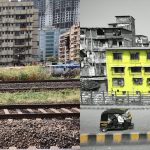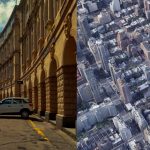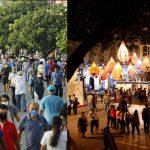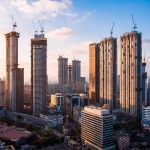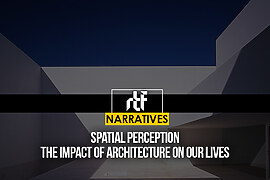“We shape our buildings, thereafter they shape us”, Winston Churchill once observed. He was correct; our environment may make us healthier and less prone to illness, improve our attractiveness, reduce our sense of pain, and help us solve puzzles faster. The role of architecture in the formation of communities has been the subject of a great deal of discussion over the years. And although it has since been demonstrated that its influence is not as direct and complete as thought, there’s no question that architecture affects communities in a variety of ways.
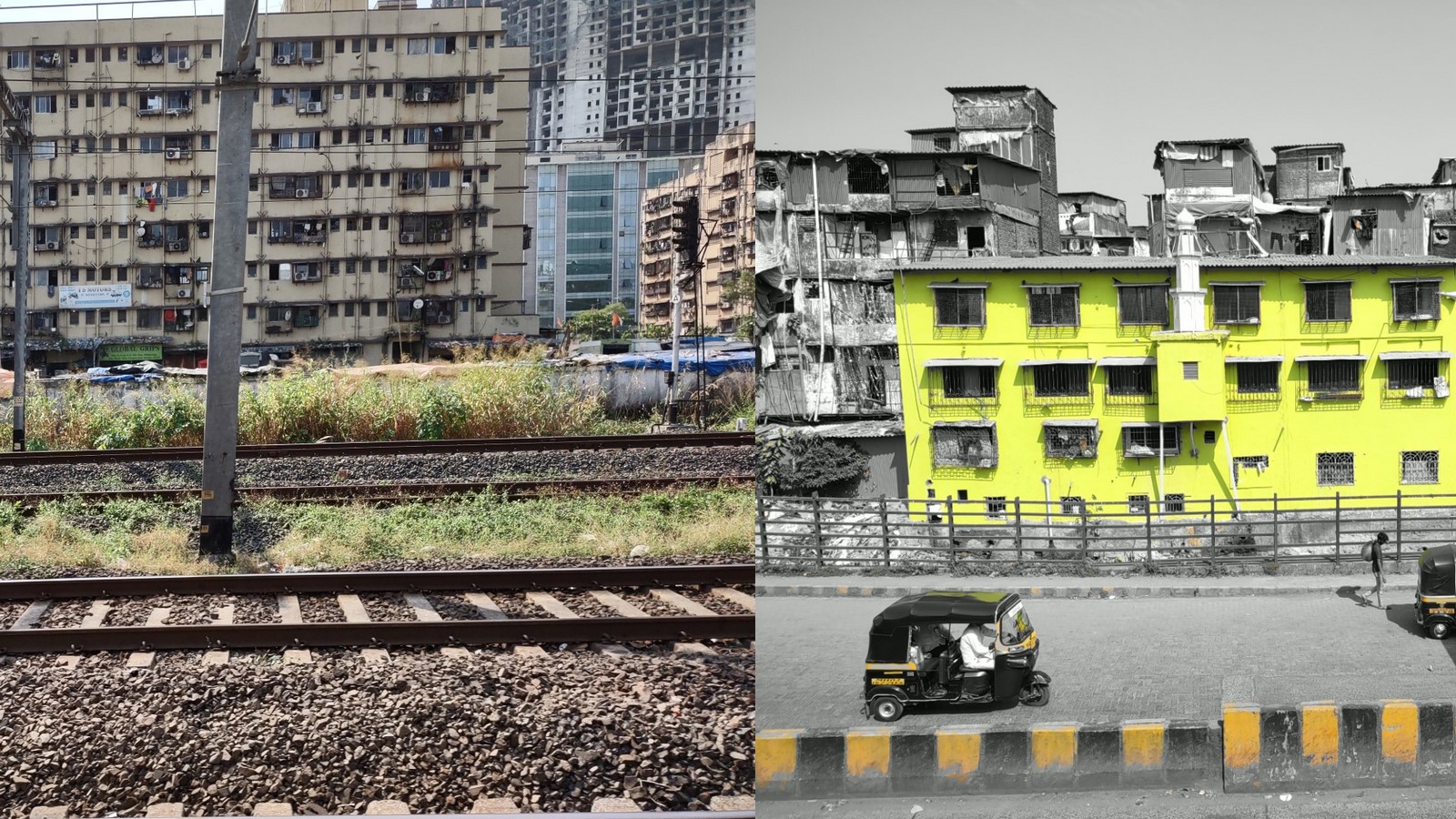
Boring structures and vast dreary landscapes have been proven to increase stress levels. Without diversity and stimulation, the human mind becomes confused and is reminded of how far it has strayed from its native home. Boring and unattractive architecture may do serious harm to a community. So, while there is no clear answer to how architecture may affect society, it is widely recognized and accepted that architecture will always serve a purpose other than a utilitarian one. The local landscapes of any area are important & significant to urban dwellers. They provide tangible as well as intangible evidence of continuity and sense of place in the rapidly transforming urban environment. Urban green spaces, such as parks, forests, green roofs, green corridors, open green spaces, streets, streams, community gardens and other spaces between and within urban areas provide critical ecosystem services. Many cities have implemented landscape strategies to increase the supply of urban green space & utmost utilization of existing urban space. Sustainable landscapes indicate a balance between the ecosystem services and the activities of man. The utilization of modern sustainable infrastructures to maintain energy efficiency, quality living, a cleaner public realm & the environment is the key to success.
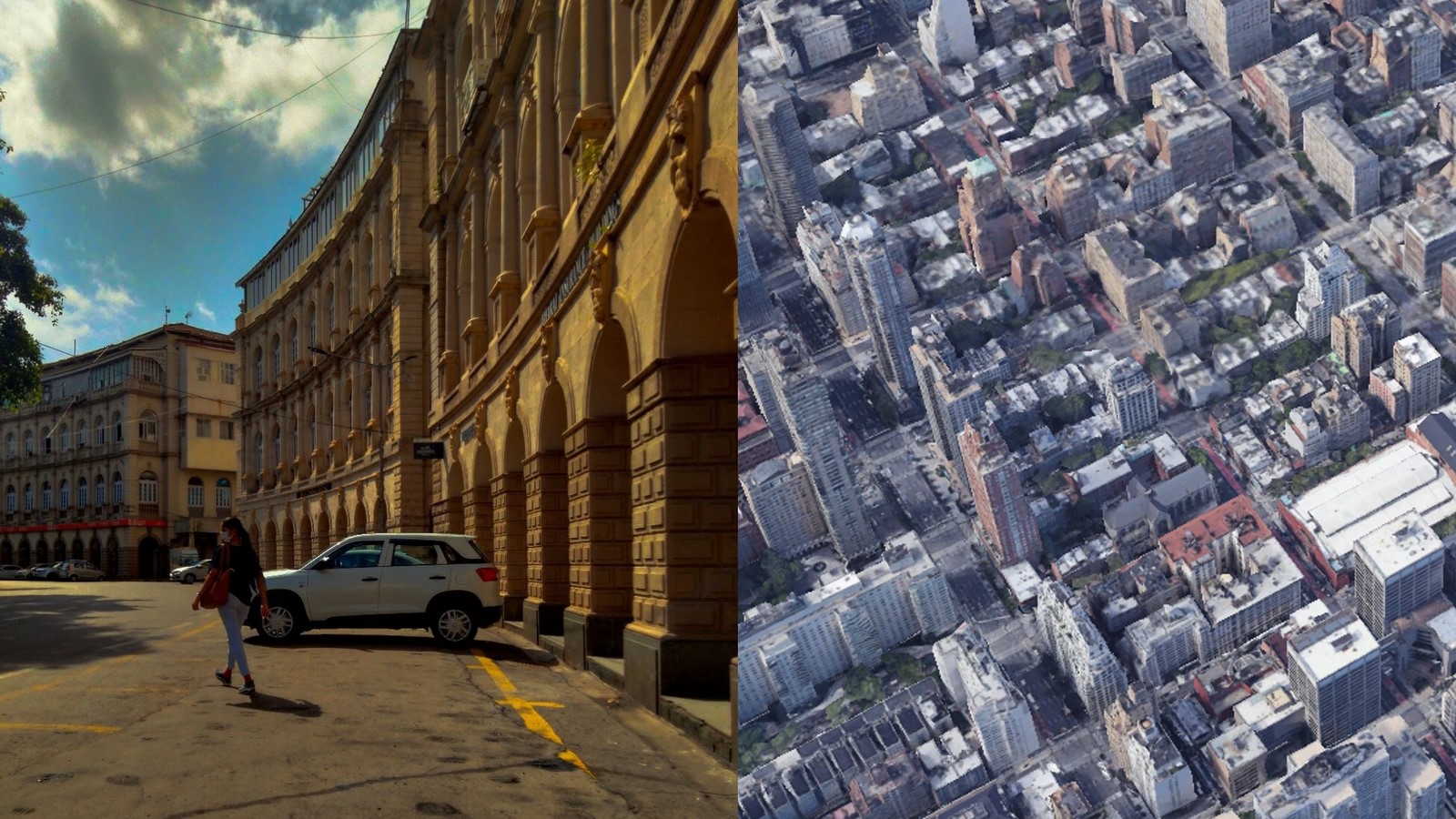
We choose environments that entice us: intricate and enigmatic surroundings. While ordered patterns, such as American street grids, are easier to traverse, we like roads that curve out of sight, luring us on with an enticing suggestion of what lies beyond. We want surroundings that both arouse and satisfy our interests. The best landscapes blend intelligibility with mystery, cohesion with intricacy. Natural landscapes are defined by fractal geometry, which has a distinct formula for order and complexity. From the details of window frames to the flowing domes of Hindu temples to the layout of London’s streets, these fractal patterns hold the key to understanding health in architecture. The organized complexity of our brains and bodies gave rise to the shape of vernacular constructions and settlements – human neurological functions, as well as the biology of our cells and lungs, exhibit fractal qualities. Buildings used to evolve more organically, utilizing natural materials such as wood and stone. Slowly, places grew. The contour of the terrain was followed by roads.
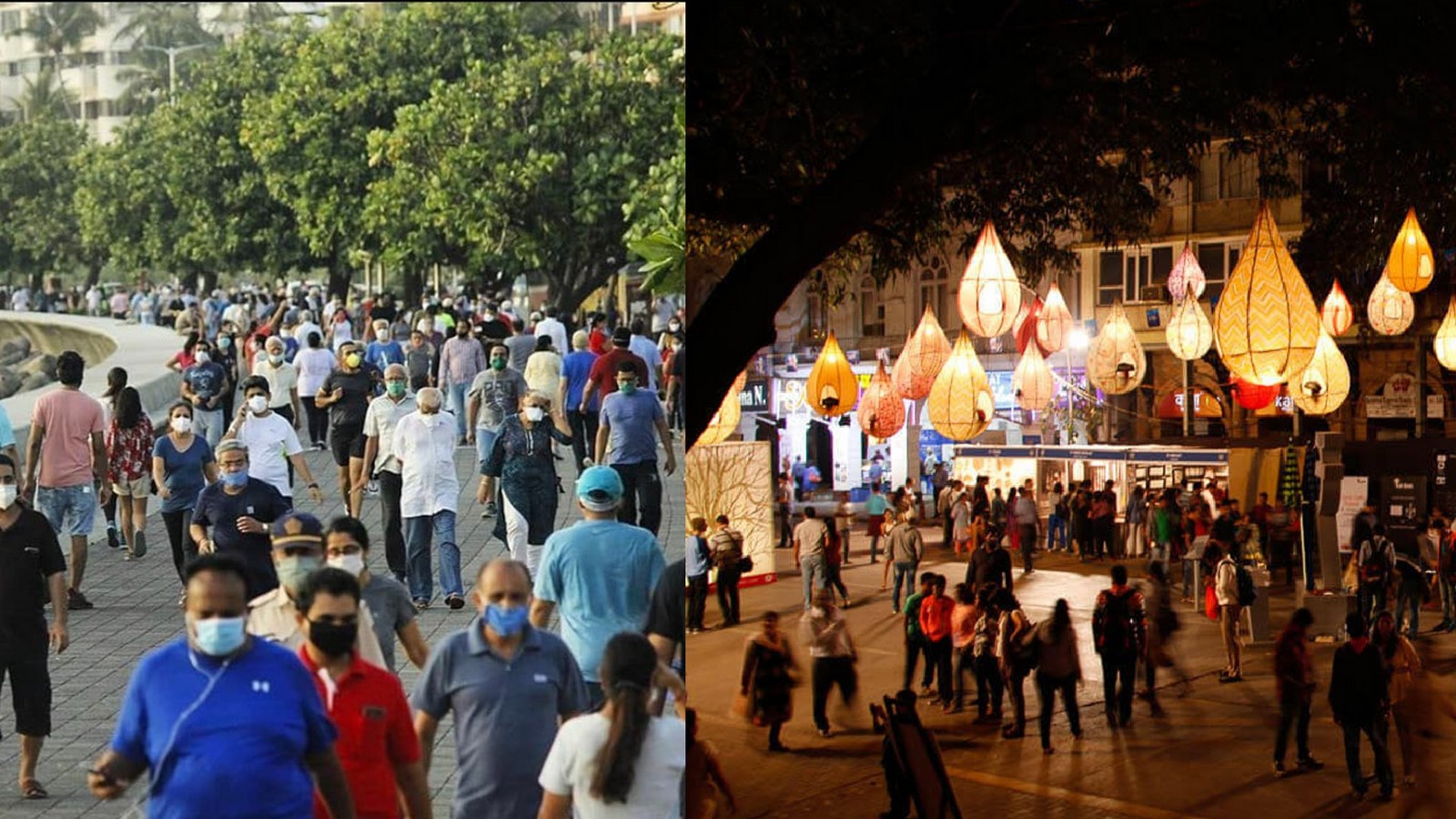
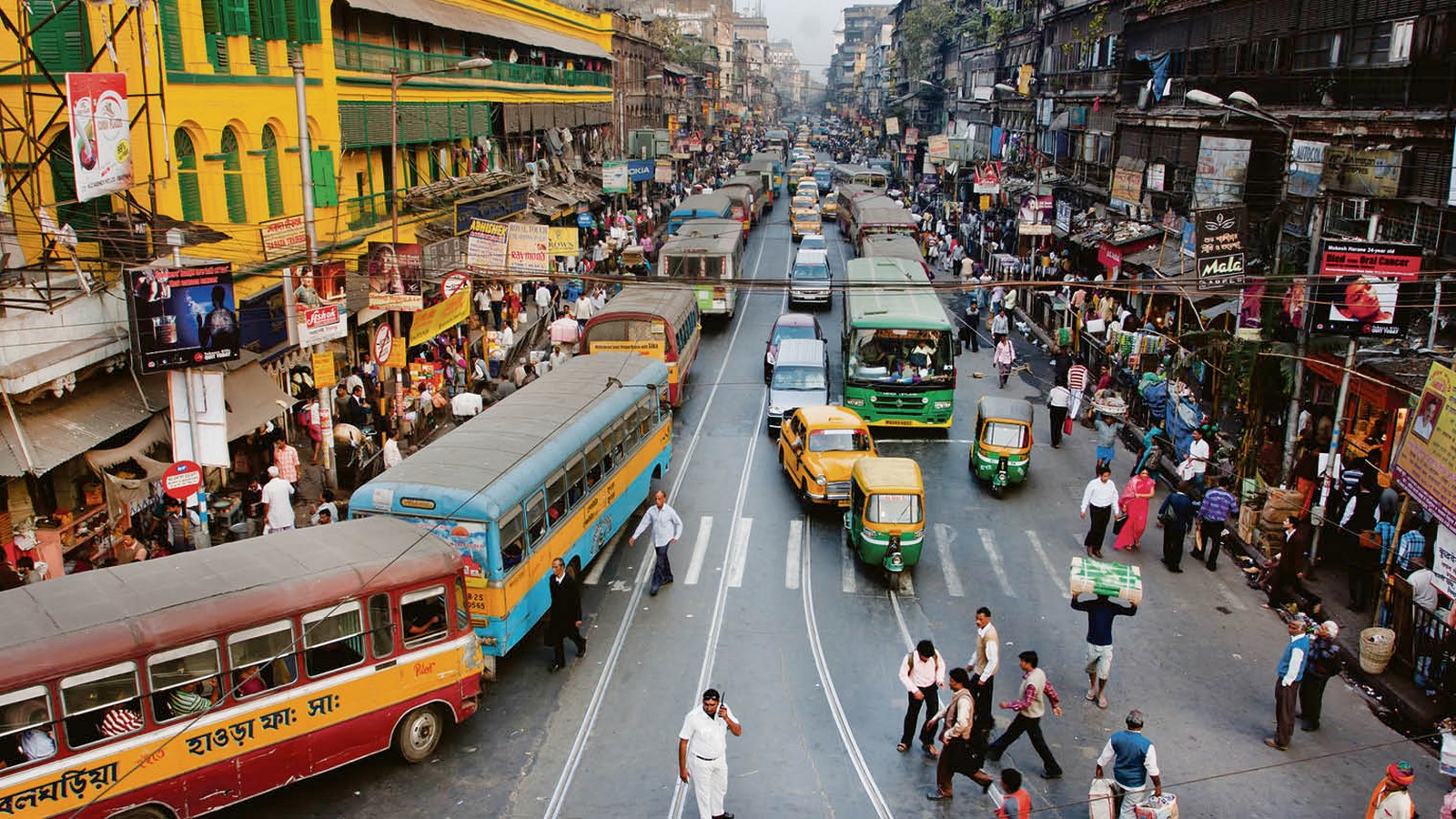
As we have started the 21st century with a huge influx of people especially in the developing regions of the world moving from rural villages to urban settlements. We need to prepare the cities which are already over-congested in their current form into a more sustainable self-reliant built environment, the impact it has on our lives. We need to learn how the shapes and spaces within the building, the shapes and spaces between the different buildings shape our ability to learn, work and impact our daily livelihood. There was a time when we used to live in a natural environment but today, we live in a constructed built environment, and being able to do so we must act accordingly to make the best out of it. Buildings are simply expressive structures, there is a visible and collective desire for a better society. What we do today will affect the coming tomorrow.
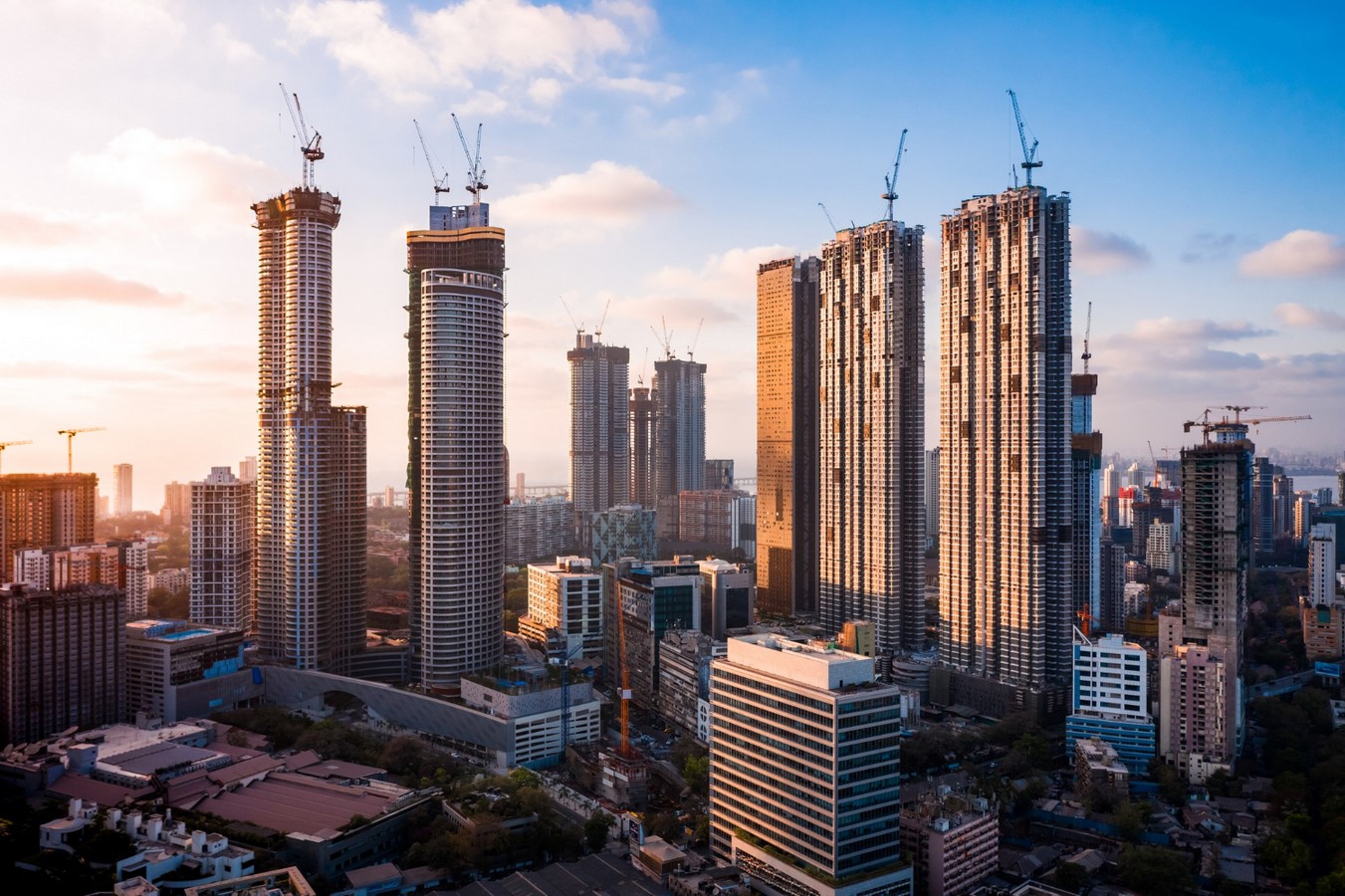
There are many perceptions we had about the art and architecture in our surroundings. During childhood, we all used to look at the American cities and think this is what an ideal developed city looks like. Whatever may be the context, place, climate we love the tall skyscrapers and their shiny glass façade making the skyline of the city shine and look like a diamond on the ring to the city. This is a perspective of the common people where we assume whatever the well-developed cities have, we should have it too, forgetting the impact this material used is really out of context affecting the built environment in our cities. According to the research published in the Elsevier Publication, the main difference in the climatic conditions of the western countries and the countries with Hot and Dry climates is excessive heat gain in summers, excessive heat loss during winters and high relative humidity. By using ineffective materials, large amounts of energy are used by buildings to provide thermal comfort. The reflection of the sunlight back to the streets and the built environment will lead to an increase in the temperature of the surrounding neighbourhood. So, to say the building shouldn’t be from just anywhere but in the architectural style that reflects the cultural diversity of that place.
References:
- Bernheimer, L., 2017. How architecture shapes our cities – and our lives. [online] the Guardian. Available at: <https://www.theguardian.com/lifeandstyle/2017/nov/26/how-architecture-shapes-our-cities-and-our-lives> [Accessed 21 October 2021].
- Sayed, M.A.A.E.D.A. and Fikry, M.A. (2019). Impact of glass facades on internal environment of buildings in hot arid zone. Alexandria Engineering Journal, 58(3), pp.1063–1075.
- www.youtube.com. (n.d.). The Impact of Architecture | Donald Schmitt | TEDxUTSC. [online] Available at: https://youtu.be/HVsCHMj5_Bo [Accessed 21 Oct. 2021].



